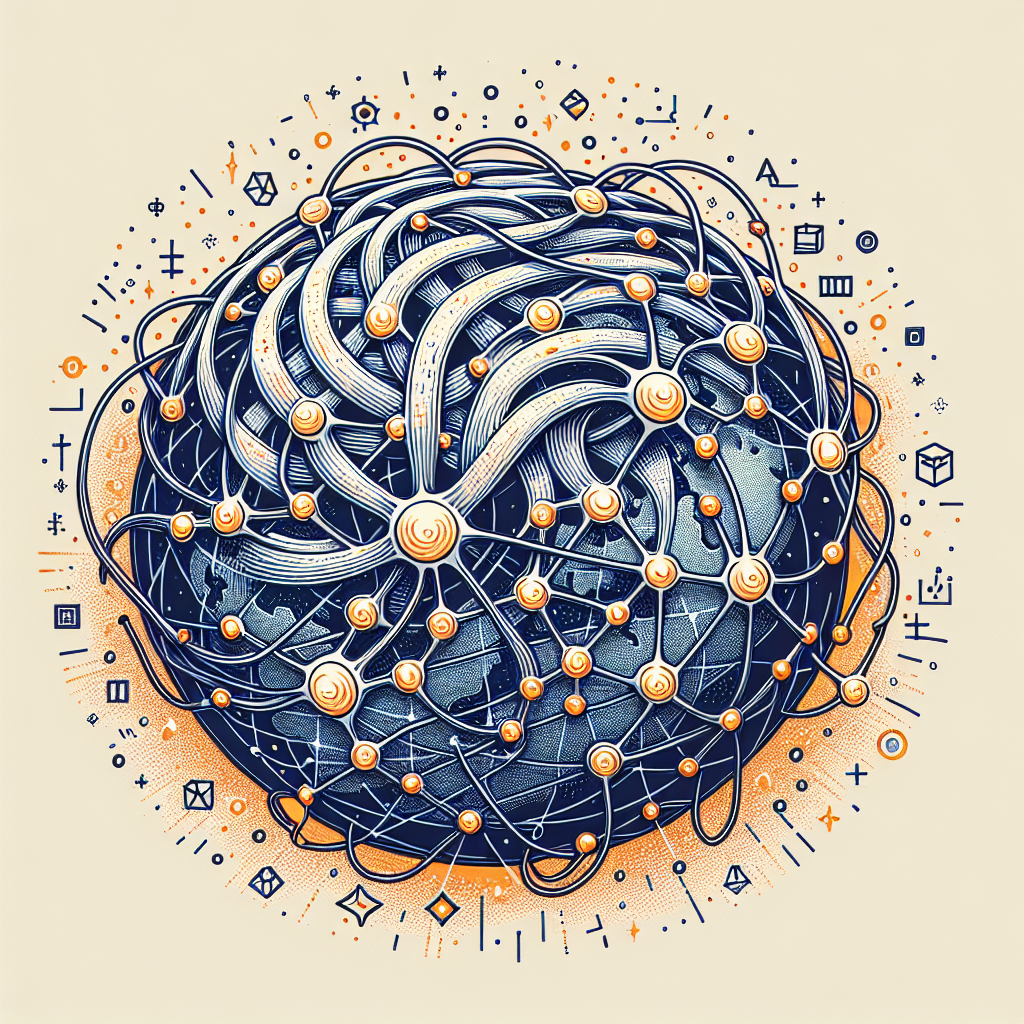Recurrent Neural Networks (RNNs) are a type of artificial neural network designed to handle sequential data. Unlike traditional feedforward neural networks, RNNs have connections that loop back on themselves, allowing them to maintain a memory of past inputs. This memory allows RNNs to better understand and predict patterns in sequential data, making them particularly well-suited for tasks such as natural language processing, speech recognition, and time series forecasting.
One of the key features of RNNs is their ability to process inputs of varying lengths. This makes them ideal for tasks where the length of the input data may change, such as language translation or sentiment analysis. In traditional feedforward networks, each input is treated independently, but in RNNs, the network’s hidden state is updated at each time step, allowing it to maintain information about previous inputs.
Another important feature of RNNs is their ability to handle long-term dependencies in sequential data. Traditional feedforward networks struggle with tasks that require remembering information from distant past inputs, as the information gets diluted as it passes through the layers of the network. RNNs, on the other hand, can maintain a memory of past inputs through their recurrent connections, allowing them to capture long-term dependencies in the data.
One of the challenges of training RNNs is the issue of vanishing or exploding gradients. As the network processes inputs over multiple time steps, the gradients can either become very small (vanishing gradients) or very large (exploding gradients), making it difficult for the network to learn effectively. To address this issue, researchers have developed specialized RNN architectures such as Long Short-Term Memory (LSTM) and Gated Recurrent Unit (GRU) networks, which are better able to handle long-term dependencies and mitigate the vanishing/exploding gradients problem.
Overall, RNNs are a powerful tool for processing sequential data and have been successfully applied to a wide range of tasks in natural language processing, speech recognition, and time series forecasting. By understanding the unique capabilities of RNNs and how to effectively train them, researchers and practitioners can harness the power of these networks to tackle complex and challenging sequential data tasks.
#Understanding #Power #Recurrent #Neural #Networks #RNNs,rnn


Leave a Reply